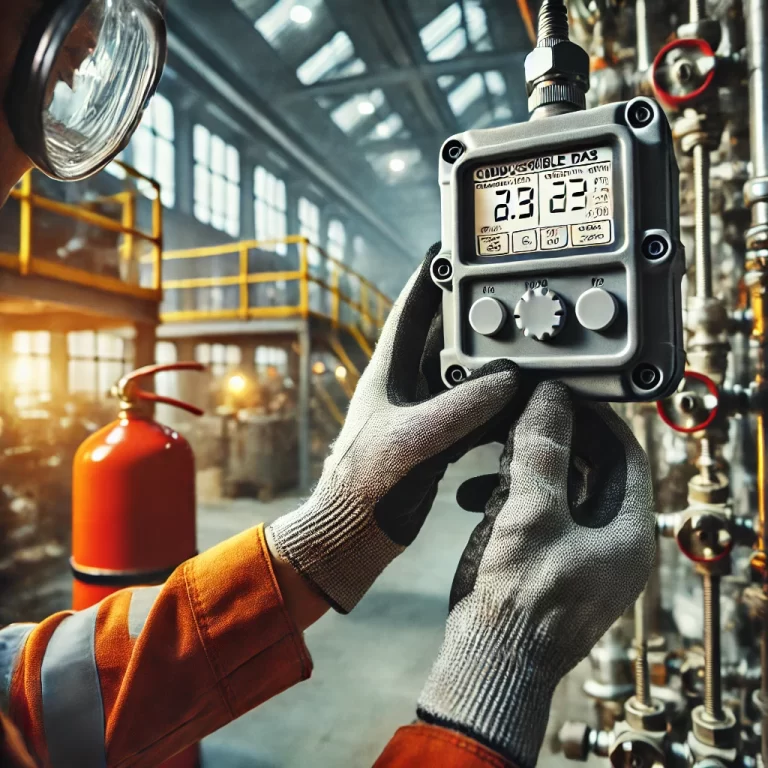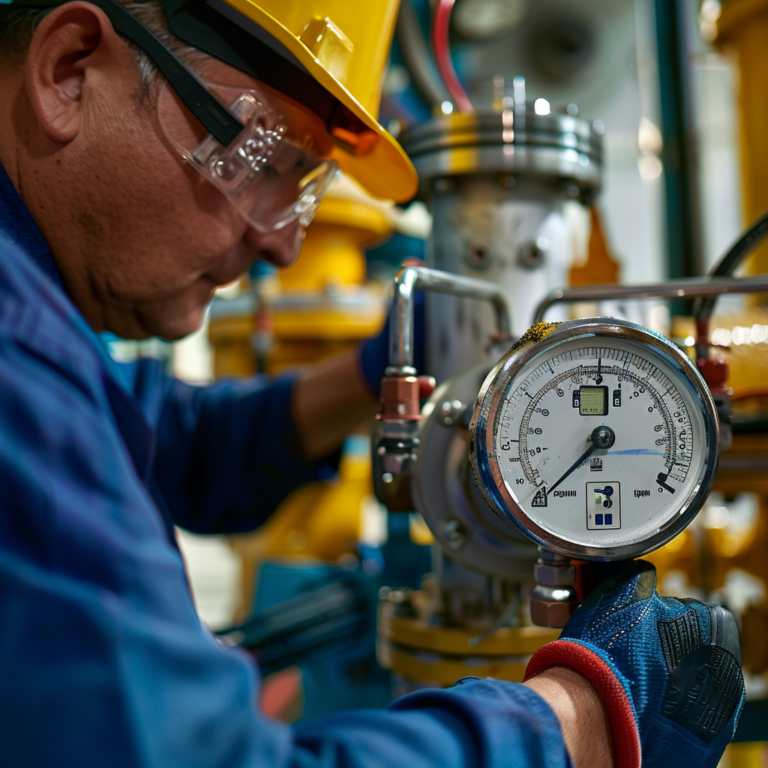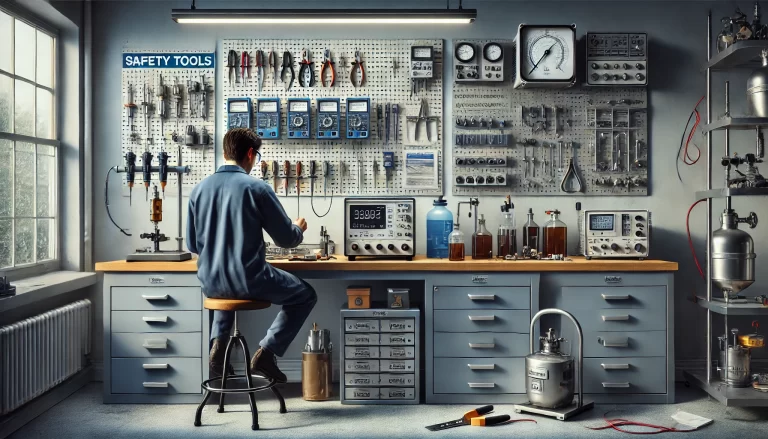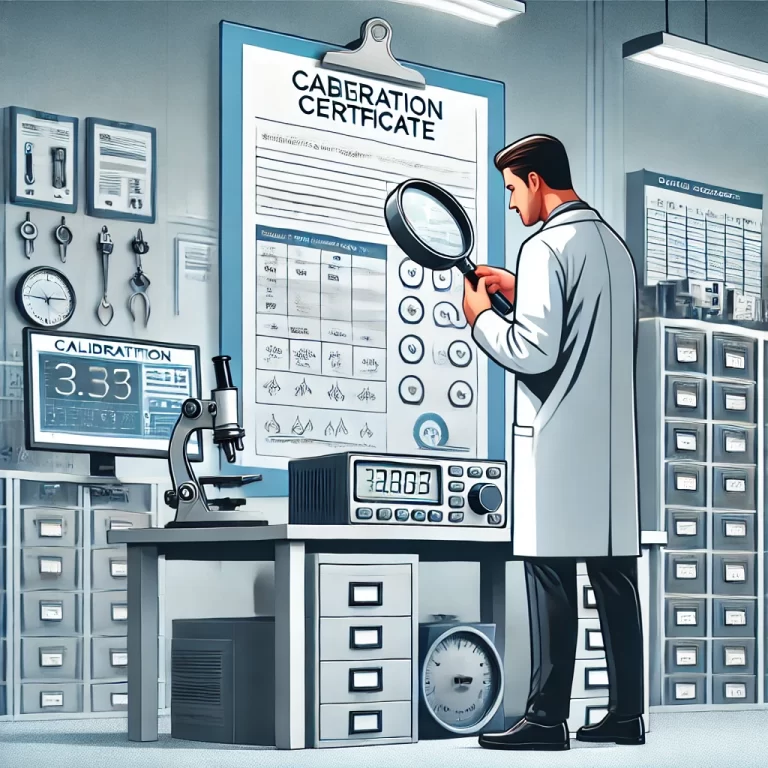Importance of Flowmeter Calibration
Flowmeters play a crucial role in various industries, including oil and gas, pharmaceuticals, water management, and manufacturing, by ensuring accurate measurement of fluid flow. However, over time, flowmeters can experience wear and tear, contamination, and aging of mechanical and electronic components, leading to measurement inaccuracies. Regular calibration is essential to maintain accuracy, ensure compliance with industry standards, and prevent costly measurement errors.
The primary reasons why flowmeter calibration is necessary include:
Aging and Wear: Mechanical parts degrade over time, and electronic components may drift, causing measurement deviations.
Contamination: Accumulation of debris, dirt, or scaling inside the flowmeter can affect its performance.
Compliance with Standards: Many industries require periodic calibration to comply with regulations such as ISO 17025, ensuring traceability and reliability of measurements.
Process Efficiency: Accurate measurements help optimize processes, reduce waste, and improve overall efficiency.
Safety Considerations: Inaccurate flow readings can pose safety risks, especially in industries dealing with hazardous materials.
To avoid these issues, it is recommended to calibrate flowmeters regularly, typically on an annual basis, although the frequency may vary depending on factors such as the operating environment, type of fluid, and manufacturer recommendations.

Methods of Flowmeter Calibration
There are several methods available for calibrating flowmeters, each suitable for specific types of flowmeters and applications. The most commonly used calibration methods include:
1. Standard Device Calibration
This method involves using a highly accurate reference flowmeter to compare with the flowmeter under calibration. The reference flowmeter must have a higher accuracy and traceability to national or international standards.
Advantages:
High accuracy and reliability.
Applicable to a wide range of flow rates.
Limitations:
Requires a certified reference device.
May not be suitable for in-situ calibration.
2. Static Calibration
Static calibration is performed in a controlled environment without any fluid flow. It involves measuring and adjusting the meter to a known static condition.
Advantages:
Simple and cost-effective.
Useful for low-flow applications.
Limitations:
Susceptible to environmental factors.
Limited applicability for dynamic systems.
3. Dynamic Calibration
In dynamic calibration, the flowmeter is tested under actual operating conditions with fluid flowing through it. This method provides the most accurate calibration for high-flow applications.
Advantages:
Provides real-world accuracy.
Suitable for high-flow systems.
Limitations:
Requires specialized test setups.
More complex and expensive.
4. Gravimetric Method
In this technique, the mass of the fluid passing through the flowmeter over a specific period is measured and compared to the actual known mass collected in a calibrated container.
Advantages:
High precision, particularly for liquid flowmeters.
Limitations:
Requires accurate weighing equipment.
May not be suitable for gaseous fluids.
5. Volumetric Method
This method involves collecting the fluid in a calibrated volume container and comparing it with the flowmeter’s readings.
Advantages:
Relatively simple and effective.
Limitations:
Limited to low-flow applications.
Environmental conditions may affect results.
6. Differential Pressure Method
For differential pressure flowmeters, calibration can be done by measuring the pressure drop across the meter and comparing it to theoretical values.
Advantages:
Well-suited for industrial applications.
Limitations:
Requires precise pressure measurement tools.

Steps for Effective Flowmeter Calibration
To ensure successful calibration, the following steps should be followed:
Pre-Calibration Inspection:
Clean the flowmeter to remove any dirt or deposits.
Check for visible damage or wear.
Verify the calibration equipment’s accuracy.
Selection of Calibration Method:
Choose the appropriate method based on flowmeter type, application, and accuracy requirements.
Calibration Execution:
Perform the calibration under controlled conditions.
Record measurements meticulously.
Data Analysis:
Compare measured values with reference standards.
Calculate deviation and make necessary adjustments.
Documentation:
Maintain a detailed calibration report including test conditions, measurement data, and corrective actions taken.
Adjustment and Recalibration:
If deviations exceed acceptable limits, recalibrate and retest.

Calibration Frequency and Best Practices
The calibration frequency of flowmeters depends on several factors, including:
Usage Intensity: Higher usage may require more frequent calibration.
Fluid Characteristics: Corrosive or viscous fluids may accelerate wear.
Environmental Conditions: Harsh environments may affect performance.
Industry Standards: Follow guidelines such as AGA, ISO, and NIST.
Best practices for flowmeter calibration include:
Conducting periodic calibrations as recommended by manufacturers.
Using traceable calibration standards.
Keeping calibration records for audit and compliance purposes.
Training personnel on proper calibration procedures.

Conclusion
Regular calibration of flowmeters is essential to ensure accurate, reliable, and compliant flow measurements. By understanding the available calibration methods and following best practices, industries can maintain optimal performance, enhance safety, and meet regulatory requirements. Investing in a well-structured calibration program ultimately leads to cost savings and improved operational efficiency.
